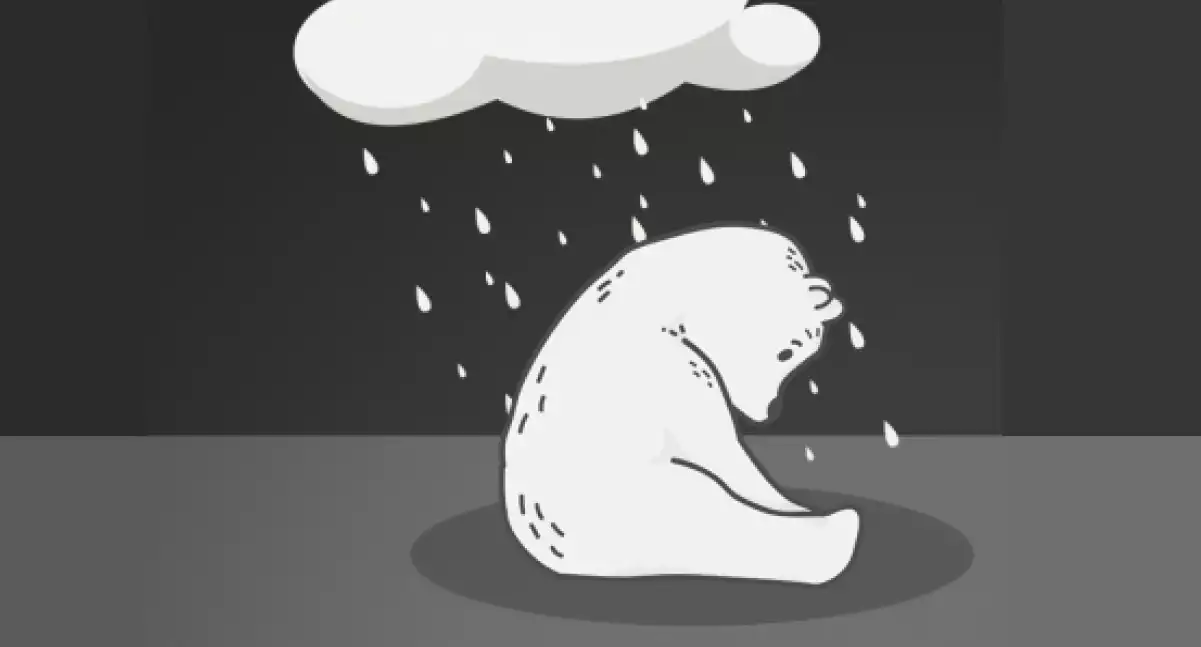Strategies for Handling Seasonal Affective Disorder
2 minute read
Seasonal affective disorder (SAD) is a type of depression that’s associated with the changing of the seasons. It can happen any time of year, but here we’re focusing on wintertime SAD (aka the winter blues). With colder temperatures and less sunlight, it’s natural to feel different in the wintertime. But there are strategies for handling seasonal affective disorder.
Strategies for Handling Seasonal Affective Disorder
Let’s look at some steps to take if you’re not feeling like yourself when winter comes around.
Light Therapy
A lack of sunlight is a major contributor to Seasonal Affective Disorder. Adding more light to your day seems like a smart option. Light therapy has been used for decades, and it typically takes the form of sitting in front of an artificial light each day. For more information on the specifics of this method, check out the Mayo Clinic’s guide to light therapy.
Psychotherapy
Cognitive-behavioral therapy (CBT) is a form of psychotherapy that attempts to treat SAD by modifying dysfunctional emotions, behaviors, and thoughts. One of its goals is to identify negative thoughts and replace them with more positive thoughts. Whether that means having a more positive attitude towards getting outside in the winter, or discovering new activities to do indoors, being intentional about finding ways to feel better can be a major help. Here’s more information on cognitive-behavioral therapy.
Create a Comfortable Environment
When you go outside, it’s cold and raining or snowing. Your heating systems dries our your air. It can feel like you can’t get comfortable anywhere.
One way to make your home or apartment more inviting is to be aware of humidity levels. The ideal range is between 40-60%, and it can help with overcoming illness and preventing dry skin. You can find more specifics with our guide to humidity.
Find a Sleep Schedule That Works
Reduced sunlight can impact your sleep cycle, making you constantly tired or unwilling to get out of bed. Don’t worry if you are getting closer to 8-9 hours of sleep. What’s important is to find a sleep schedule that works for you and to stick to it. More and better sleep can help you fight illness and provide stability during the winter months.
Sources:
- The National Institute of Mental Health
- The Mayo Clinic
- Psychology Today
Note: The information contained on the AprilAire website is not intended to be a substitute for professional medical advice, diagnosis or treatment in any manner. Always seek the advice of your physician or other qualified health provider with any questions you may have regarding any medical condition. All content is for informational and educational purposes only and any use thereof is solely at your own risk. If you’re experiencing symptoms of Seasonal Affective Disorder or any other negative emotions, please contact a mental health professional.
